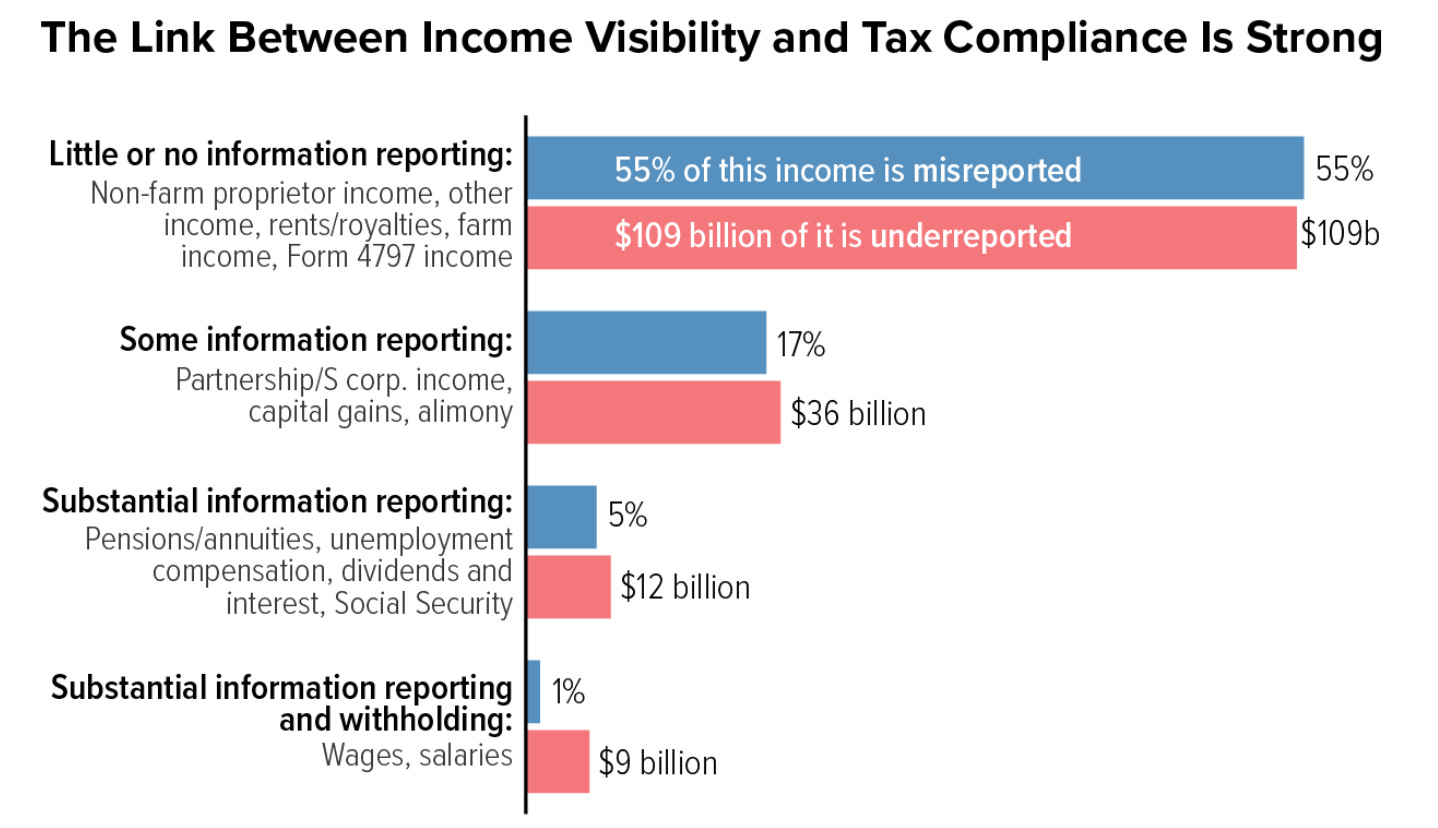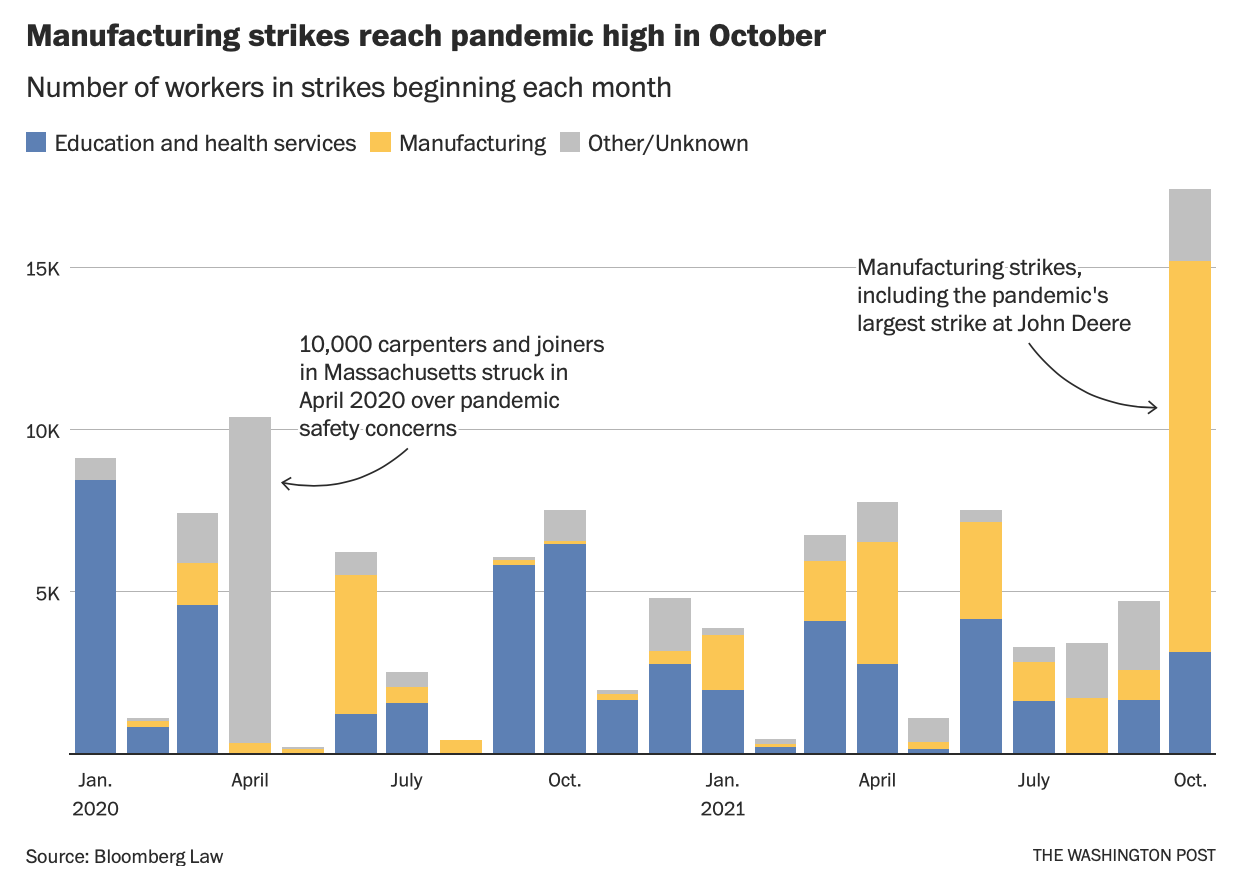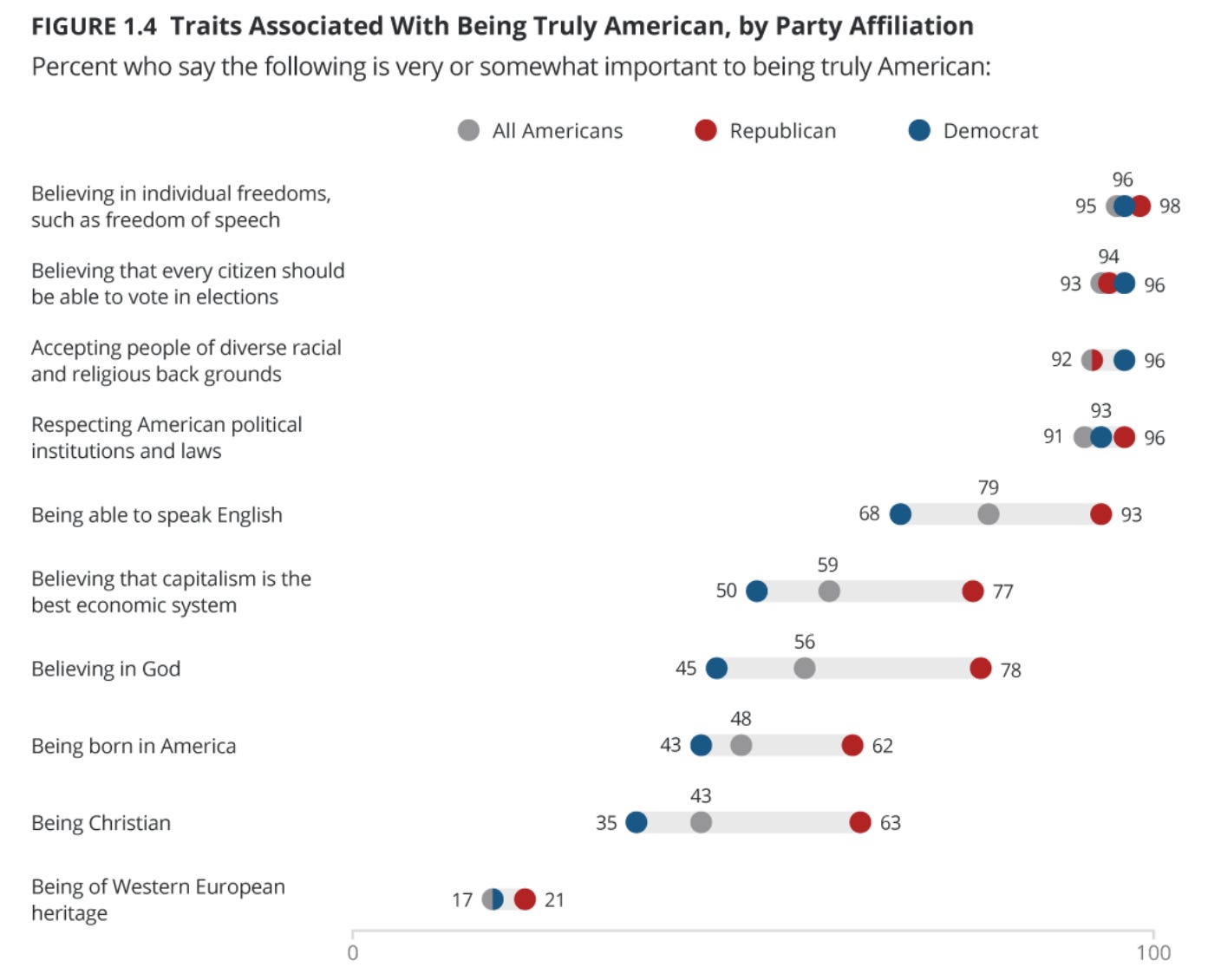Friends,
Two days ago, voters handed Democrats some high-profile losses in the off-year elections. To hear the chattering consultant class tell it in postmortems on cable news and online, the takeaway from these losses as we head into the midterms is that candidates need to be less ambitious and more pragmatic, to move toward the moderate middle in an effort to win over undecided voters.
Respectfully, I disagree.
President Biden’s approval rating (and the polling for some Democratic candidates who lost on Tuesday night) was high and strong earlier this year, when pandemic checks were arriving in peoples’ accounts and the Child Tax Credit began rolling out. But then came new waves of infections from the Delta variant, the infrastructure and Build Back Better bills stuck in Congress for months, a supply-chain mess driving up prices, and a frustrating morass when the school year started and parents had to help their children navigate a stressful, confusing system.
Look away from those high-profile election losses and you’ll find plenty of heartening news: Voters in Clallam County, Washington proved that the electorate still has no taste for radical Trump-style conservative politics, and voters in Tuscon widely approved a higher minimum wage that will benefit their whole economy. My prescription for progressive leaders heading into the 2022 midterms would be this: Get back to the promise you made to voters—your vow to improve their lives in meaningful ways through economic inclusion—and then deliver on those promises. Voters will reward you if you keep your word.
The Latest Economic News and Updates
The Fed pumps its brakes
Federal Reserve Chair Jerome Powell announced on Wednesday that the Fed would begin tapering down its pandemic-era supports, with an eye to completely stop pumping money into the economy by the middle of next year. Once that happens, the Fed will presumably begin raising interest rates to cool down the economy.
As the Washington Post’s Rachel Siegel notes, Powell’s announcement is not a surprise—the Fed has been signaling this move for months. But the announcement did include a suggestion that widespread price increases have taken longer to subside than the Fed initially believed they would, a bracing reminder that the Fed’s economic predictions carry about as much weight as yours or mine. We are still in uncharted waters—no modern economy has been through a pandemic like this one—and so when we can’t have foresight, agility is the trait we need most in our leaders. It’s how the Fed responds to new information that matters most right now.
All eyes are on Friday’s jobs report
Tomorrow morning, the Department of Labor will release their monthly jobs report. Given how tumultuous the reports have been this year, I’m not about to make a prediction of where the unemployment numbers will land. But there are some promising signs, including payroll company ADP reporting that companies added some 571,000 new jobs in October, with huge gains in the hospitality sector. Additionally, unemployment claims dropped to a pandemic-era low of 269,000 at the end of October, nearing the levels that we saw in early 2020, just before coronavirus started spreading across America.
Keep in mind that we’ve been blindsided by curveballs in the jobs report as recently as last month, but the usual signs indicate that tomorrow’s report should hopefully be an improvement on the lackluster numbers we’ve been seeing since summer.
Building Back Better: Still a good idea!
It became clear over the past week that the infrastructure and Build Back Better bills were not as close to passage as the media had reported last Thursday. Voters are very clear about the fact that they want Congress to do big things—and that they want Congress to raise taxes on the wealthy to pay for it. A new report from the Center on Budget and Policy Priorities highlights all the ways Congress could and should tax wealth. One of the leading proposals is to fund tax enforcement, as illustrated by the below graph, which shows that income visibility is the single biggest correlation to tax compliance. In other words, it’s very hard to tax wealth that you can’t find:
Part of Donald Trump’s success in the Rust Belt during the 2016 elections came from his aggressive badmouthing of corporations sending jobs overseas—and then he did nothing to combat that practice when in office. The Center for American Progress demonstrates how the Build Back Better Act would work to discourage the corporate offshoring of jobs. “Taken as a whole, the Build Back Better international tax component constitutes a robust change that makes landmark progress toward stemming tax competition, leveling the playing field for global investment, and limiting the race to the bottom that prevents countries from raising needed revenues,” the authors write.
Working for higher wages
Jacob Bogage and Alyssa Flowers wrote a great explainer for the Washington Post about why so many American workers are going on strike right now, and why we shouldn’t expect the picket lines to stop growing any time soon. It’s particularly surprising how many of these strikes are now taking place in the manufacturing sector, which for years has been shaken into timidity by corporate offshoring:
And I’ve started to notice some conservatives warning that this uptick in strike activity and the increased wages of the last six months are contributing to rising prices in an inflationary spiral. Joseph Politano debunks those claims with a chart showing that the price increases are largely in goods, while wage increases are largely happening in a completely different sector—the service industry, where prices are beginning to decline.
As we’ve noted for months, price increases aren’t caused by higher wages, or MMT, or whatever the boogeyman of the moment may be in trickle-down circles—prices are high because of the supply chain issues and rising consumer demand that followed a year and a half of pandemic lockdowns. It’s important to note, too, that prices are rising pretty uniformly around the world—even though countries all employed different policies to combat the pandemic, the price increases are happening globally. When you build a global “just-in-time” economy centered around efficiency and the maximization of profits, you can’t just turn it off and turn it back on again without expecting disruptions of global proportions.
If you were to imagine a world where each country had more available labor on hand, more goods in inventory, and more manufacturing happening inside its borders, a rebound from a crisis like this would smoother. That’s because the economy would be more resilient—the tradeoff is that corporate profits wouldn’t be quite as high as we’ve seen in the era of just-in-time globalization. One potential development to watch for: policymakers might emphasize resilience over efficiency as we move forward, because unpredictable disruptions aren’t likely going away.
CNN goes grocery shopping
Twitter this morning is busy doing what Twitter does best: Making fun of the media. Specifically, people are focusing on a line in a CNN report about inflation centered around a Texas family of 12 who guided reporter Evan McMorris-Santoro on a typical grocery trip. The family told McMorris-Santoro that their grocery bill has doubled since the spring and that "a gallon of milk was $1.99. Now it's $2.79. When you buy 12 gallons a week times four weeks, that's a lot of money."
I do not enjoy the Twitter mockery of a family’s monthly milk bill—I’m from Wisconsin, where dairy is sacrosanct. But there’s a lot wrong with this report.
First, McMorris-Santoro seems to have taken the family at their word that their grocery bill has doubled this year. While we’re all feeling the pain of increased prices at grocery stores, a doubled bill seems beyond the realm of possibility. And the reporter doesn’t ask the family if they’ve received any Child Tax Credit checks this year. Assuming they’re eligible, and assuming the one temporary foster child in the family doesn’t qualify for the CTC, this family could be receiving as much as $2700 in CTC checks per month—not enough to survive on, obviously, but surely enough to remove some of the pain of price increases, and worth a mention in a story about a family’s expenses in 2021?
Nobody should be shamed for what they put in their grocery cart, whether they’re receiving government support or not. But reporters should at least do their due diligence when it comes to fact-checking the claims of their sources. A little bit of responsible journalism goes a long way.
An economic path to racial equity
For the Roosevelt Institute, Kyle Strickland and Felicia Wong published an ambitious new report calling for a way to move “beyond the twin failures of neoliberalism and racial liberalism.”
“Race and the economy are inextricably linked,” the authors write. At the same time, “weaponizing racial backlash has become central to the Republican Party agenda, and our mainstream institutions and political leaders continue to underestimate the very real threats to our democracy” that this weaponized backlash represents.
Instead, the authors call for policies based around three major areas—“repair and redress; material equity; and freedom and liberation”—in order to build a society that empowers “individual and collective self- determination, free from systemic oppression.” I can’t encapsulate all the prescriptions in this report in a paragraph or two, so I suggest you go read the whole thing, and pass it on to friends and colleagues who wonder how America can ever begin to meaningfully grow beyond its racist foundations.
Real-Time Economic Analysis
Civic Ventures provides regular commentary on our content channels, including analysis of the trickle-down policies that have dramatically expanded inequality over the last 40 years, and explanations of policies that will build a stronger and more inclusive economy. Every week I provide a roundup of some of our work here, but you can also subscribe to our podcast, Pitchfork Economics; sign up for the email list of our political action allies at Civic Action; subscribe to our Medium publication, Civic Skunk Works; and follow us on Twitter and Facebook.
Join us on Civic Action Live this week, where we’ll discuss the aftermath of the off-year elections, how progressives can march forward into the midterm elections, and the latest economic indicators as we move into another phase of vaccination. We’ll also answer all your economic questions in real time, starting Friday morning at 10:30 am Seattle time.
In this week’s episode of the Pitchfork Economics podcast, Paul and Goldy interview the great journalist Sam Quinones whose new book The Least of Us is a deeply researched exploration of America’s ongoing synthetic opioid crisis. Quinones is the author who first sounded the alarm bells about the opioid crisis and its origins in the greed of the Sackler Family, so it’s vital to pay attention to his warnings about the flood of cheap, dangerous fentanyl and meth coming north from the Mexican border.
In Business Insider, Paul explains why he was on the fence about Washington state’s mail-in voting system until he realized it transformed him from a regular voter who occasionally missed a primary or special election into a civic superstar who never missed a single election and who engaged deeply with every single race and initiative on the ballot.
Closing Thoughts
It’s not an economic survey, but I wanted to call your attention to this fascinating and comprehensive Public Religion Research Institute survey titled “Competing Visions of America: An Evolving Identity or a Culture Under Attack?” The pollsters surveyed Americans of all political leanings about how they feel about being American, and how attitudes toward religion, immigration, and morality have changed in America over time. The report is worth a deep dive, and it contains a wide array of both positive and negative signs. But I wanted to call your attention to one chart, asking Democrats, Republicans, and Independents what it means to be truly American:
Of course, human nature likely sends your eyes to the conflict on this chart—the deep partisan disagreements about religion and immigration represented on the bottom. But you should also spend some time focusing on the close, nonpartisan agreement at the top of the chart, too. Republicans, Independents, and Democrats all largely agree on four central tenets of being a real American: Individual freedom, voting rights, diversity, and respect for political institutions and the law.
In a week full of bad political news for many, that close agreement up at the top of this chart fills me with hope. There are some American traits that we all can agree on, no matter which party we belong to, and that provides us with a common language we can use to have a conversation about how to move forward.
Be kind. Be brave. Mask up. Get vaccinated.
Zach







